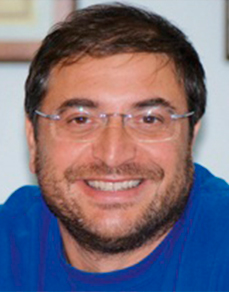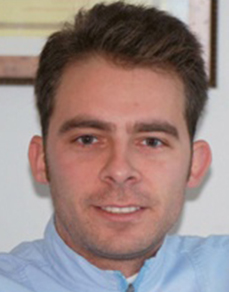

MDD with honors in Naples University, with specialization in Dental Pathology; Advanced studies in Periodontics and Implantology, Berna University School of Dental Medicine; master in implantology and periodontics at the NYU College. Active member of SIdP, AIOP, SIE. Author of several publications in periodontics and implantology.

Master in Medicine and Surgery and specialization with honors in Maxillo-Facial Surgery at the University of Naples. He worked in the Oncological Surgery Unit of the University Hospital K.U. Luven and in the General Hospital St-Jan in Genk for orthognathic and oral surgery. Advanced studies in Periodontics and Implantology, Bern University School of Dental Medicine, Prof. Niklaus P. Lang; postgraduated in implantology and periodontics, Italian Association of New York University College. Member of SICMF and SidP. Works in the Maxillo Facial Surgery Unit of the A.O.R.N. “A. Cardarelli” in Naples.

Dental Hygienist at the University of Naples. Advances in Dental Hygiene and Oral Care with Prof. S. Ciancio at the Buffalo School of Dental Medicine, New York State University. Graduated I level on therapies against addiction to smoking. Member of the Buffalo Dental Hygiene Association, of the SidP and of the AIRA. International patent on a new toothbrush for patients with periodontal diseases. Author of publications on periodontal maintenance and on tooth brightening techniques.